|
What is the Empire Wellness Club? It is a program for Adults 50+ who enjoy a group environment that allows you to connect with members of the community while also getting the benefits of exercise such as, improved strength, endurance, energy levels, prevent progression of osteoporosis and decrease blood pressure and cholesterol to name a few!
and claim one of the limited spots to the program.
0 Comments
Exercise for those 50 and older is one of the most important things you can do for your health. Being physically active can improve your brain health, prevent progression or development of osteoporosis, increase strength, improve endurance, decrease the risk of disease and improve your ability to do everyday activities. Here are 5 Benefits of an exercise program for those 50 and older
In this episode Tony is answering a question that was submitted. The question was should you walk if you have low back pain?! He is going to discuss 2 reasons why you should still walk with low back pain:
Osteoporosis is estimated that approximately 10 million people over the age of 50 in the United States are likely to have osteoporosis. Women are more likely to get it than men primarily due to hormonal changes and age. Because of the natural aging process the body can go into that state where your bones are weak and brittle. That will lead to an increased risk of fractures. These are 5 things we can do to change our lifestyle that can address this:
Today Tony talks about 3 Tips to Alleviate Low Back Pain NOW! Read below to find out how you can help your pain:
Recently, I just completed a certification course looking into the most recent and evidence based ways to treat low back and neck pain! In doing this, I earned my certification in Orthopedic excellence of the spine. During the course we discussed ways to group patients into different categories based on their pain so we can best treat them with specific techniques and exercises! If you are someone that falls into one of the four categories listed below, I believe we can help you reduce your pain and get you back to doing the things you love to do! 1) Low back pain or neck pain with mobility deficits: This category is for people who are suffering from either low back or neck pain that are also experiencing trouble with turning your head, bending forward to touch your toes, or twisting to reach for objects. Typically, the pain is localized to either your low back or neck region and does not radiate or linger into other areas of your body such as your legs or arms. 2) Low back pain or neck pain with coordination deficits: This category is for people who have a difficult time contracting certain muscles in either the low back or neck that are responsible for stabilizing the spine. Typically we see this in patients who have just experienced a car accident. In the neck region, this is associated with whiplash that many would get from an impact collision. If you are someone who has recently been through an accident and has since been experiencing low back or neck pain then this category is something you may fall into! 3) Low back or neck pain with radicular symptoms: This category is for people who experience low back pain or neck pain that is radiating into your arms or legs. Typically, the feeling is described as "numbness or tingling" and can be very debilitating. Some people may only experience these symptoms in the arms or legs and may not even report low back pain or neck pain. If you think this is something you are experiencing then this is likely resulting from a compressed nerve. But don't worry, we can help you with this! 4) Neck pain with headaches: Many times, headaches can result from increased tension in the muscles located in the neck and/or shoulder region. Headaches can also be associated with increased stress levels and prolonged postures during the day. If you are someone who experiences headaches throughout the day, it could be a result of something going on in your neck. If back pain prevents you from doing the stuff you love text BACKSCREEN TO 845-225-2000 and claim one of our 10 free back screens! Tony talks about his 5 Running Essentials. In this episode he talks about 5 items he uses everyday for running. Here are 5 quick running essentials that you should be using!
Tony gets a lot of questions whether he does strength, resistance or weight training as a runner and triathlete. In this episode he talks about strength, resistance and endurance training for athletes. Here are 5 quick benefits of why you should be doing that if you are a runner or triathlete!
Graston technique is a unique, evidence-based form of instrument-assisted soft tissue mobilization that enables clinicians to effectively address soft tissue lesions and fascial restrictions, resulting in improved patient outcomes.
When you combine Graston technique with some of the exercises we give you in the clinic it’s going to help you improve your motion and function. This tool kind of looks like a butter knife, some are in an s shape and are different in thickness and size.
With this stainless steel tool It works in a way that your hands or other tools cannot. This helps Set Graston apart because the whole patten is inside the edge and curvature. You can purchase a tool like it on amazon, but you won’t get the same results. Tony feels like when using it on himself and on patients it works great! Kinesio Taping is a stretchy, moveable tape. It comes in different colors and stabilizes the injured area lightly by adhering to the skin and applying pressure to the tissues the tape is wrapped around. This is very popular with Olympic athletes who use this tape to alleviate pain and improve blood flow!
They sell Kinesio tape at stores like CVS that you can purchase and use at home. It is important to make sure skin is dry, oil free, no lotion, and sweat free. You should try to not get the tape wet for an hour after it is applied. They say it's heat activated so you'll have a better adhesion if it is gently warmed up with a hairdryer- don't hold too close! Natural movement of the body will generate enough heat to give it a good stick as well! Mostly all tapes are water resistant. Just read the back of the box to make sure yours is! I believe they all offer water resistant tapes such as Kinesio, Kt and rock tape. |
AuthorDr. Tony Tanzi: Physical Therapist, Triathlete, Runner, Performance Coach Archives
October 2022
Categories |
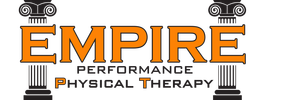
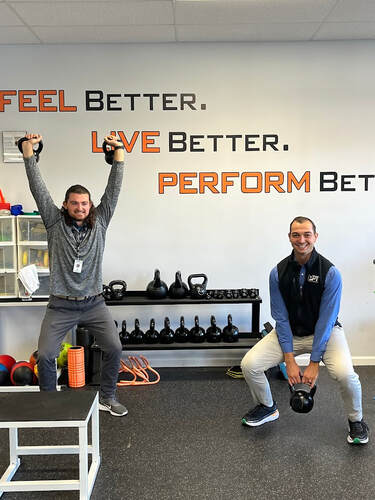
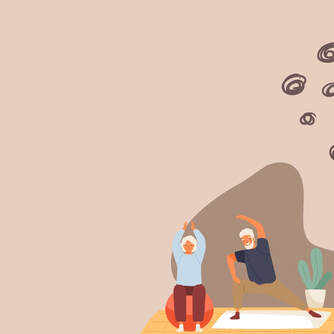

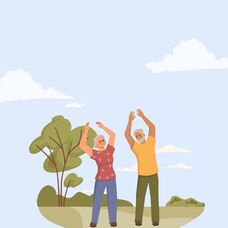
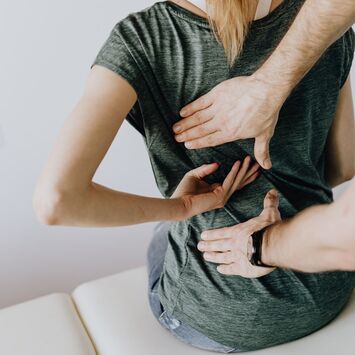
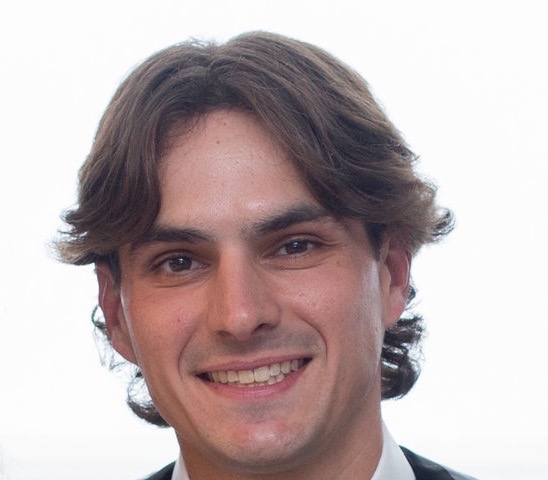

 RSS Feed
RSS Feed